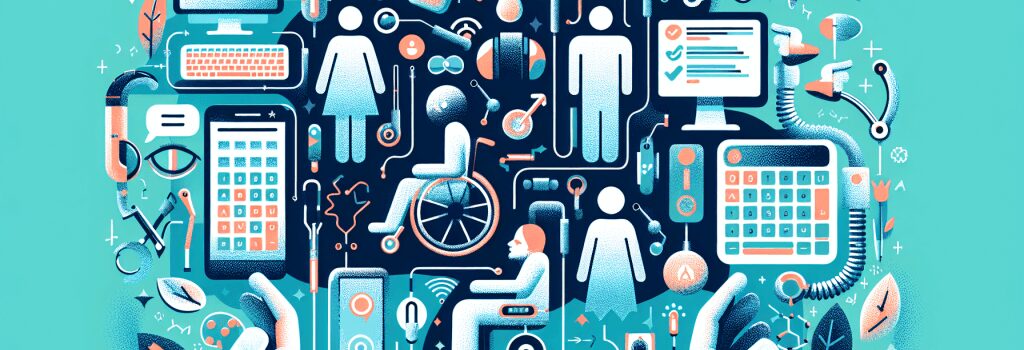Testing for Accessibility with Users with Disabilities

Hello there, budding coder!
Let’s Set the Stage
So, you’ve braved the valleys of HTML, climbed the mountains of PHP, battled the dragons of CSS, and emerged victorious. With your trusty sidekick JavaScript and your wise mentor WordPress, you’re ready to venture into the kingdom of Web Development. Now, it’s time for your next quest: Testing for Accessibility with Users with Disabilities.
Before we dive into the technical trenches (don’t worry, the water’s fine), let’s pause for a moment. Accessibility in web development is like baking a cake. You can have all the ingredients (HTML, PHP, CSS, and JS), but unless you follow the recipe exactly, you’re just going to end up with a burnt mess. And nobody wants that, right?
Well, same goes for accessibility! It’s not enough to just have a beautiful website. You need to make sure everyone, including users with disabilities, can enjoy it as well.
Understanding the Basics
When we talk about “users with disabilities”, we mean people who have difficulties in seeing, hearing, moving or understanding things. Your website should be as welcoming to these visitors as it is to anyone else. Think of it as rolling out the red-carpet for all your website’s users.
It’s a big bad world out there on the internet, and it’s our job as web developers to make it a little more navigable. That’s why testing your website for accessibility is important. But don’t be overwhelmed! Designing for accessibility isn’t just for the ‘coding elites’. Even if you’re a beginner, you can create a website inclusive to everyone.
Rolling Up Your Sleeves
So, how do you dive into this crucial process of accessibility testing? First, don your spectacles (real or imaginary) and grab that hot drink. We’re about to get up close and personal with some very cool tools!
The process involves simulating the experiences of different users by using screen readers, navigating with keyboard only, checking contrast, and yes, dear reader, even turning off images or CSS! Sometimes it will be frustrating, but remember, this is a quest with the final prize of inclusion and open web for everyone.
Teamwork Makes the Dream Work
While automated testing tools can indeed be helpful, don’t forget to engage real users in your testing process. I’ll let you in on a little secret – getting feedback directly from users with disabilities can provide valuable and unique insights. Adaptations they’ve developed, specific challenges they face…these are notions that you, a knight in shining armor, can leverage to improve the overall user experience.
The Conclusion
Implementing accessibility best practices isn’t only about meeting legal requirements or having a ‘good-to-have’ feature. It’s about extending digital equality and bonding with your users more cohesively.
So, keep coding, keep laughing, and remember: Web development isn’t just about speaking the language of computers. It’s about talking to people.
In our next chapter, we’ll dive deeper into the actual process of accessibility testing. But for now, grab your fluffiest towel, because you’ve just dived headfirst into the world of accessible web design!


